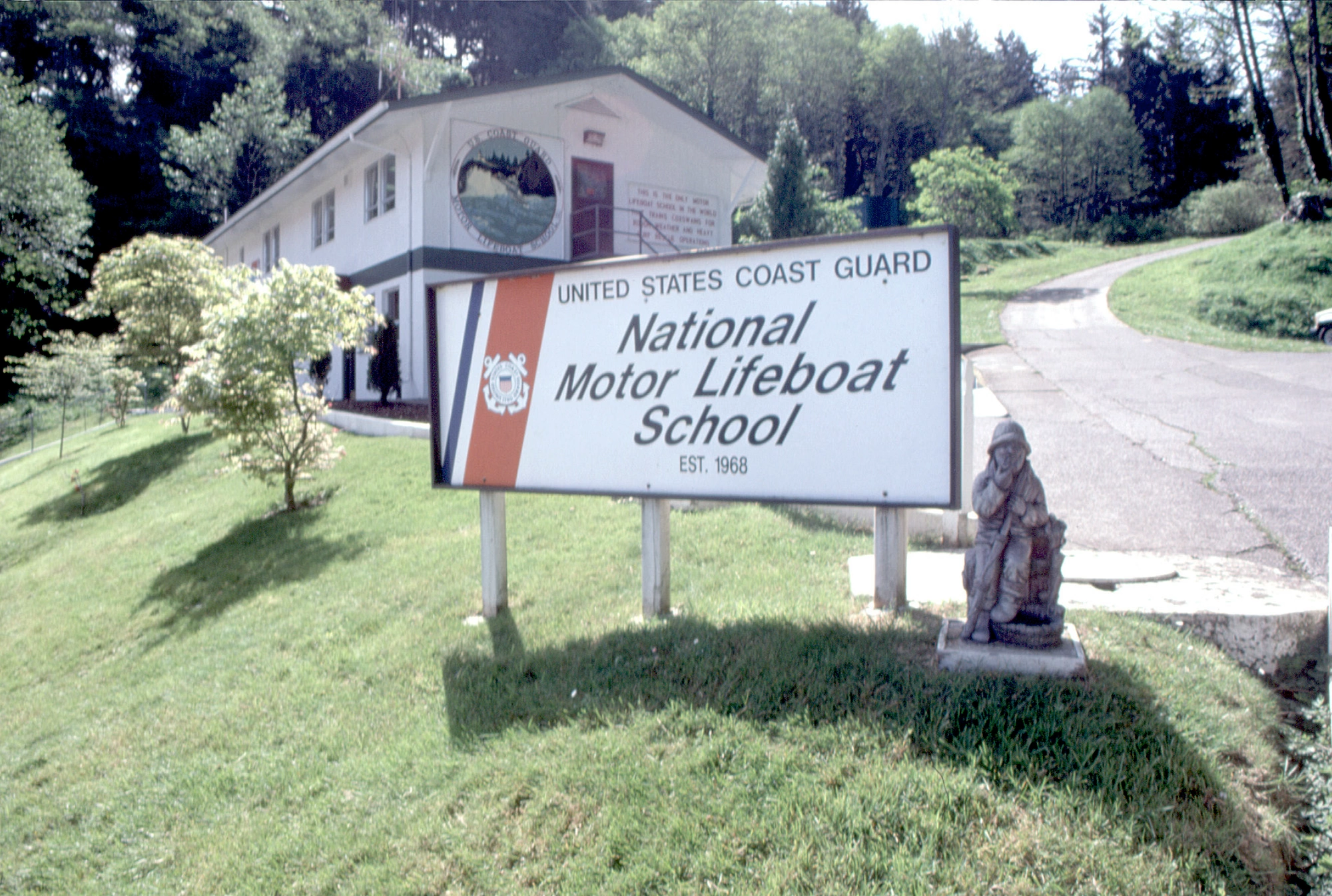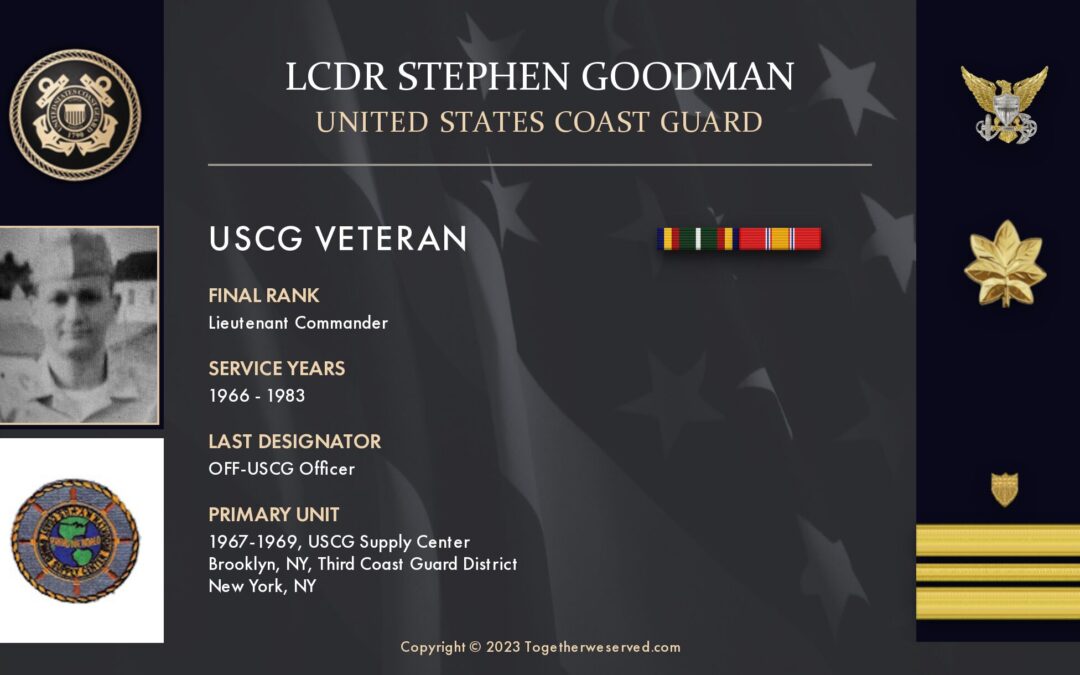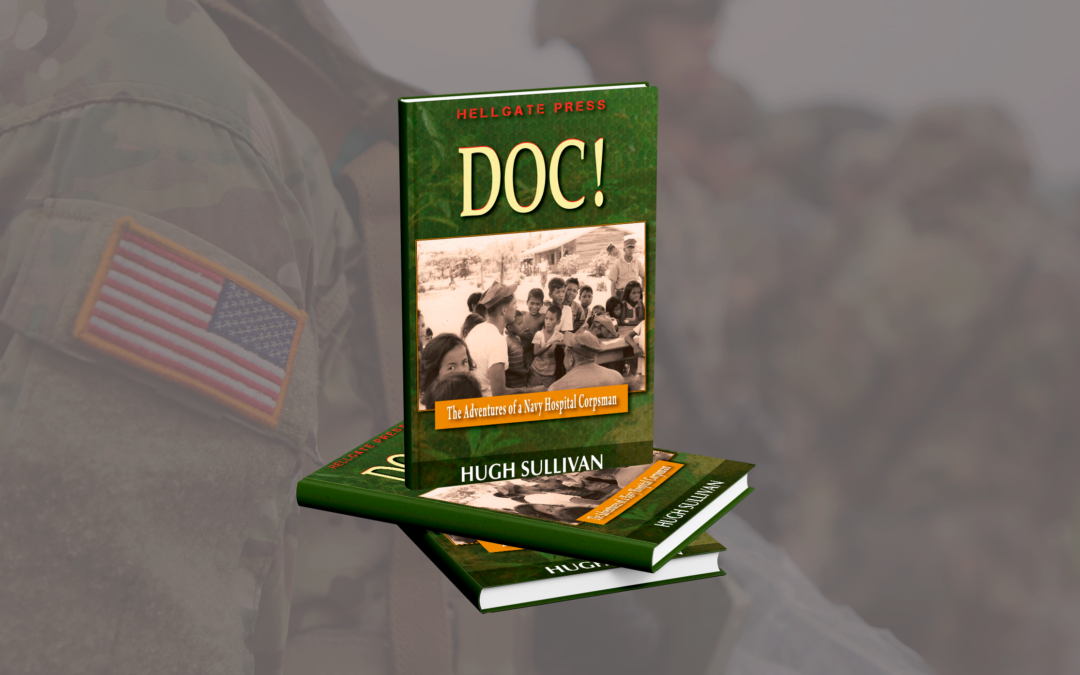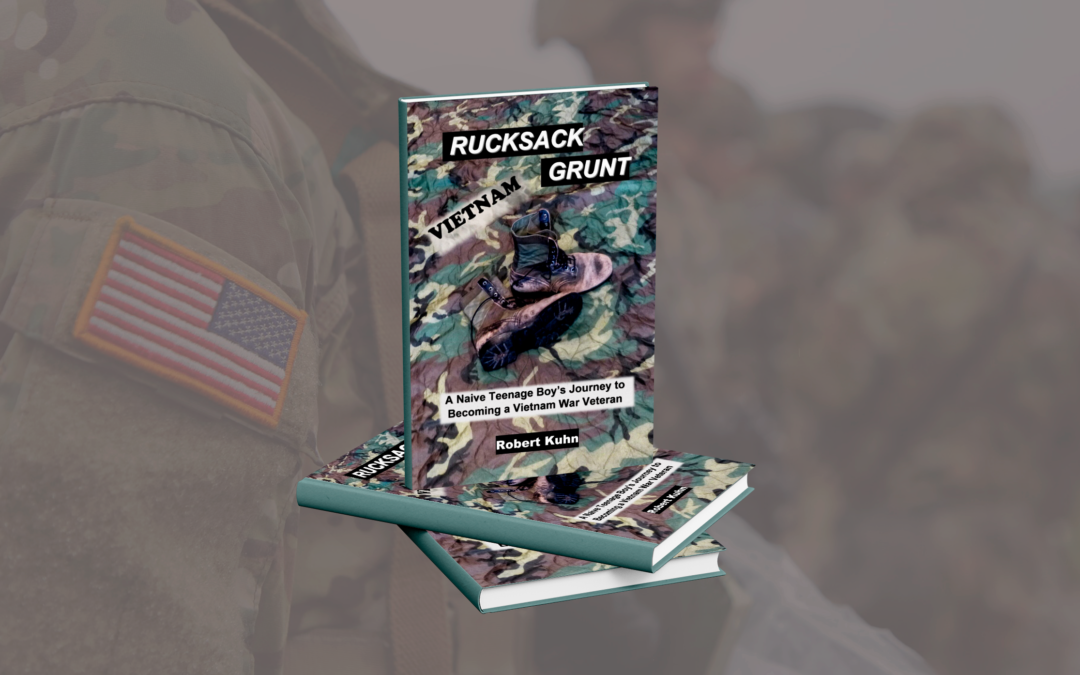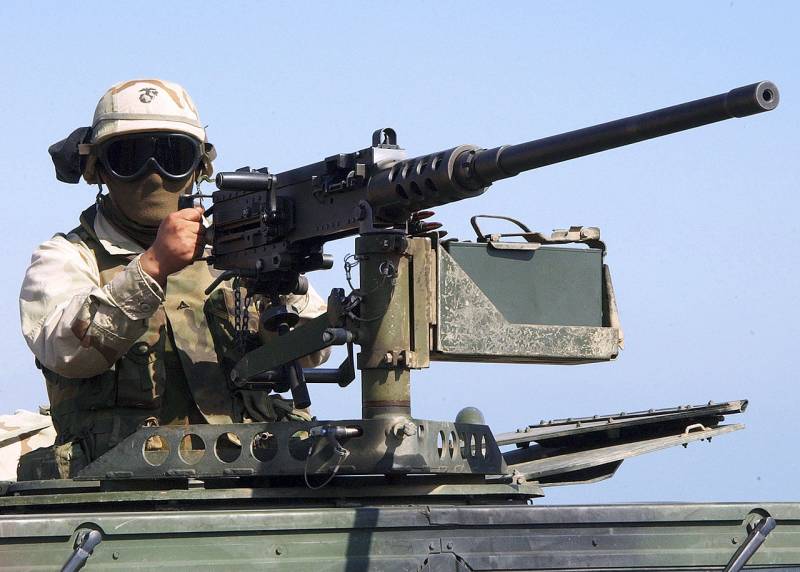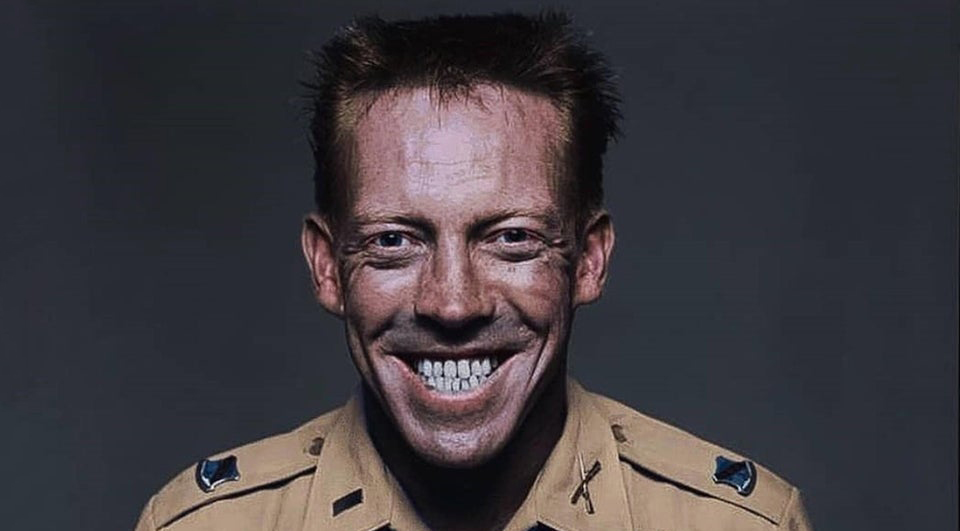Today, an estimated 200,000 U.S. military members are not actually citizens of the United States. They join for many reasons; a pathway to citizenship, learning new skills, or just being part of the camaraderie of their respective services. It's nothing new; foreigners have been joining the armed forces since the birth of the nation. Times were no different during the Vietnam War. Many noncitizens joined to fight, and fight they did. One of those came from an unlikely place: Hungary. From the end of World War II until 1989, Hungary was part of the Warsaw Pact, a country dominated by the communist Soviet Union. But just because the country was under Communist control doesn't mean the Hungarian people were all for it. About the Author of Budapest to Vietnam One of those Hungarians was Nicholas J. Hun. Hun's family moved from Hungary to the United States in search of a better life and a better future. He was Hungarian by birth but was raised on the streets of Cleveland,...

